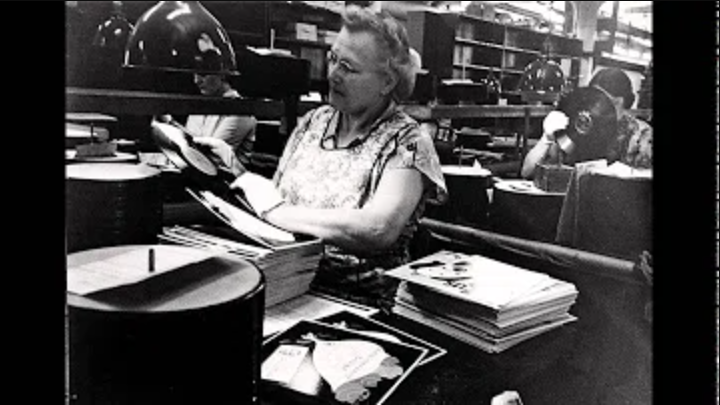For some time vinyl records were a true success of the music industry for the innovation they represented and perfecting them took around three decades.
But in the end, it all paid off, from Thomas Alva Edison’s phonograph in 1877 to the first commercially available full-length vinyl record, released in 1930 by RCA Victor.
After several years of study and refinement, Dr. Peter Goldark and a group of scientists from Columbia released the first LP in 1948, called Vinylite 12 ”LP, 331/3 rpm.
Shortly after, RCA Victor released their first 45 rpm, 7 ”diameter single, with the novelty that its new mechanism changed the records for you to continue playing because they still had little capacity.
During the following years, the music industry and record labels got involved in what was known as the “War of speeds”, due to insecurity for the format that would dominate the market and public taste.
To resolve the conflict that multiple formats caused customers, the Recording Industry Association of America (RIAA) established the recording standard called RIAA equalization.
In the 1950s, the spread of the 7 ”45-rpm vinyl single became popular, while the 45-rpm single was called Extended Play (EP).
In the mid-’50s to the ’60s, record players or stereos had the characteristics to work at 3 or 4 speeds with a cartridge changer with 78 and micro-groove needles, some even had an adapter to reproduce the 45 with their large hole in the center, however for those systems lacking RCA adapted a plastic piece, known as spider, to reproduce in the small axes of the LPs.
Currently, the predominant format is mp3 and it does not have the quality of a vinyl, despite being a controversial subject, the compression of mp3 compared to the analog sound of a vinyl is unmatched and today’s young people have not perceived what could be termed as high sound quality and an unmatched listening experience. Although the format does not have the force of the 50s, there are still quite a few demos and panel discussions about the quality of it.
Watch the video below and Discover How Vinyl Records Were Made Back In The 1950’s:

